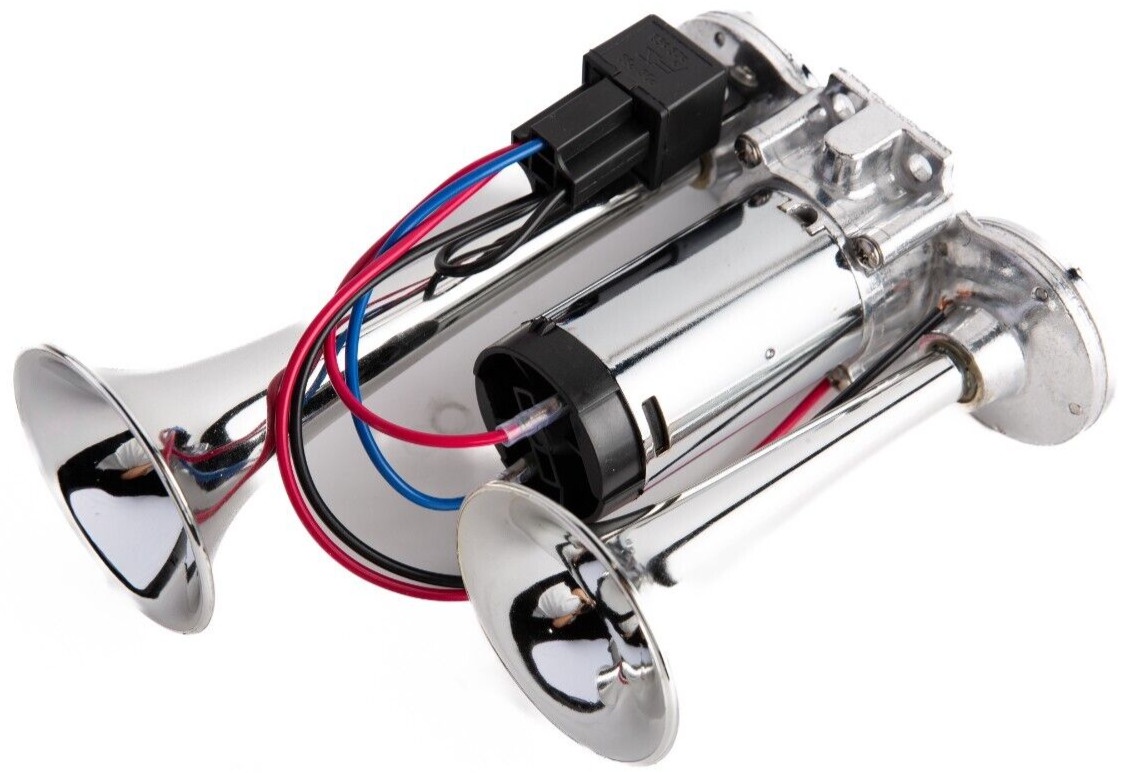Train air horns are more than just loud noises you hear when a train is approaching near. They play a significant role in ensuring safety on the tracks and signaling to pedestrians and vehicles nearby. Let's look into the workings of train air horns and understand their significance.
What are Train Air Horns?
Train air horns, also known as train horns, are powerful devices mounted on locomotives and other rail vehicles. They produce loud, distinctive sounds that serve as warning signals to alert people and animals of an approaching train. These horns are operated by compressed air and designed to hear from a considerable distance.
The Importance of Train Air Horns
Train air horns are vital for safety on the tracks. They provide an audible warning to pedestrians, motorists, and others near railroad crossings to alert them of an approaching train. The loud and distinct sound helps prevent accidents and saves lives by giving individuals enough time to clear the tracks safely.
How Train Air Horns Work
Train air horns operate using compressed air from the train's brake system. When the engineer activates the horn, air is released into the horn's chambers, causing the diaphragm to vibrate rapidly. This vibration produces the characteristic sound of the train horn, which can travel long distances and penetrate various environmental conditions.
Regulations and Standards
The use of train air horns is regulated by federal and state laws, along with industry standards. These regulations specify when and how train horns should be sounded, particularly at railroad crossings and densely populated areas. Compliance with these regulations is essential for ensuring safety and minimizing noise pollution.
Types of Train Horns
There are different types of train horns, each with its unique sound characteristics and applications. Some common types include the single-note horn, dual-note horn, and multi-chime horn. The choice of horn depends on factors such as the train's speed, track conditions, and local regulations.
Mitigating Noise Pollution
While train air horns are essential for safety, they can also contribute to noise pollution, especially in urban areas. To address this concern, efforts have been made to develop quieter horn designs and implement noise-reducing measures. Additionally, some communities have implemented quiet zones, where train horns are not sounded unless necessary for safety reasons.
Public Awareness and Education
Public awareness and education are crucial in promoting safety around train tracks and understanding the significance of train air horns. Educational campaigns and outreach efforts help raise awareness about the dangers of trespassing on railroad tracks and the importance of paying attention to warning signals such as train horns.
Conclusion
Train air horns are vital safety devices that help prevent accidents and save lives on the tracks. Understanding how train horns work, their importance in signaling approaching trains, and the regulations governing their use is essential for promoting safety around railroad crossings and ensuring the well-being of pedestrians, motorists, and railway workers.
By raising awareness, implementing noise mitigation measures, and promoting compliance with safety regulations, we can continue to enjoy the benefits of train travel while minimizing risks and enhancing safety for everyone.


No comments yet